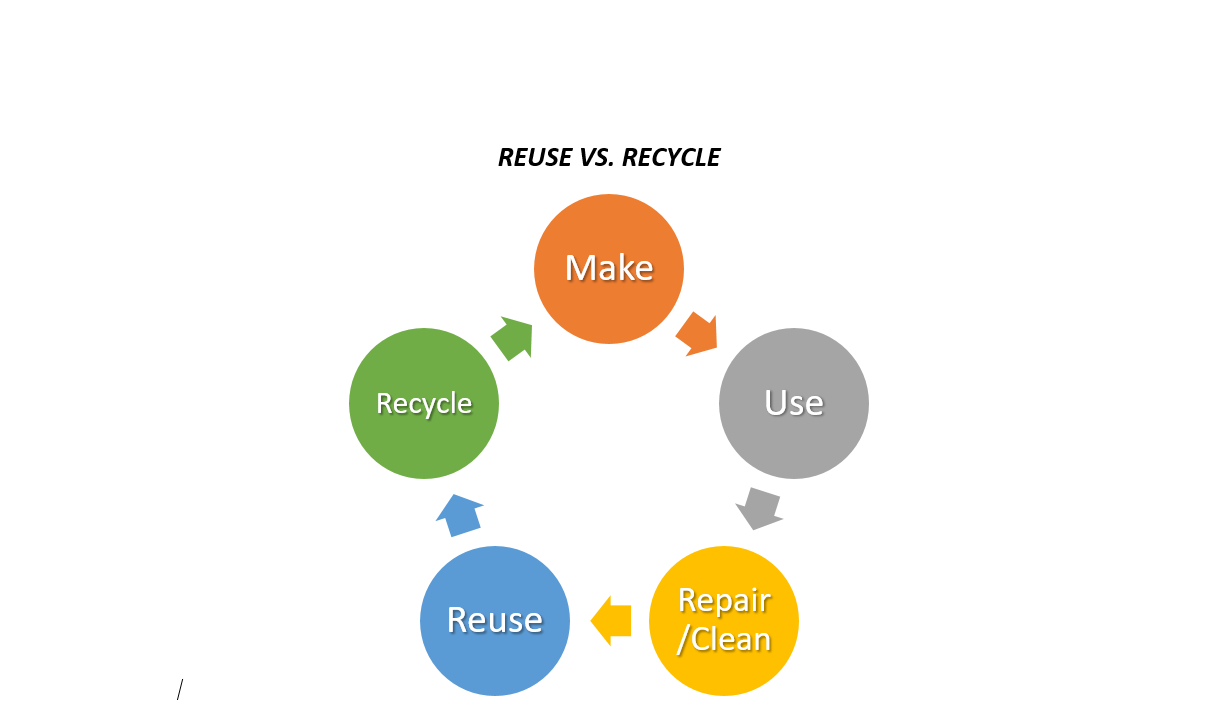
In 2022, we are no strangers to the concept of the 3Rs and how they form the crux of sustainable measures in the packaging industry. Manufacturers and designers are constantly attempting to improve recycling rates and distribute products that have considerable, safe reusability.
Now the classic dilemma, answered by many but not very successfully, is whether reusing or recycling is better for the environment.
In this blog, we will list the pros and cons of both reusing and recycling and hopefully elucidate the subject a bit further.
REUSING
Pros over Recycling
- Less energy consumption (usually only in cleaning the product/material)
- No material wastage, in most cases
- No third party required
- Time-efficient
- Inexpensive
- Much easier to practice at the consumer level
Cons
- Lower feasibility to design every product/material to be reusable
- Can raise questions about hygiene and safety
- Requires initiative at a personal level
- Harder to monitor, measure the extent of and keep tabs on
RECYCLING
Pros over Reusing
- Job creation
- Medium of bringing the community together and raising awareness by involving users in the process of mindful sorting of waste, conscious drop-off of recyclables for curbside collection, etc.
Cons
- Is still polluting
- Requires the establishment of multiple, efficient systems to be seamlessly in place (collection stations and routes, sorting plants, recycling plants, manufacturing plants)
- Costly and time consuming
- Material wastage and overall waste generation
Recently, an EU directive draft setting targets for reusability of packaging was met with rife criticism from manufacturers as well as FMCG brands as they believe it is both far-reaching and counterproductive as it undermines existing recycling schemes that have extensively been invested in.
As both the technologies and practices develop and the debate continues, a combination of recycling and reusing is sought after to optimize their sustainable outcomes and ideally, completely eliminate the use of virgin materials.






